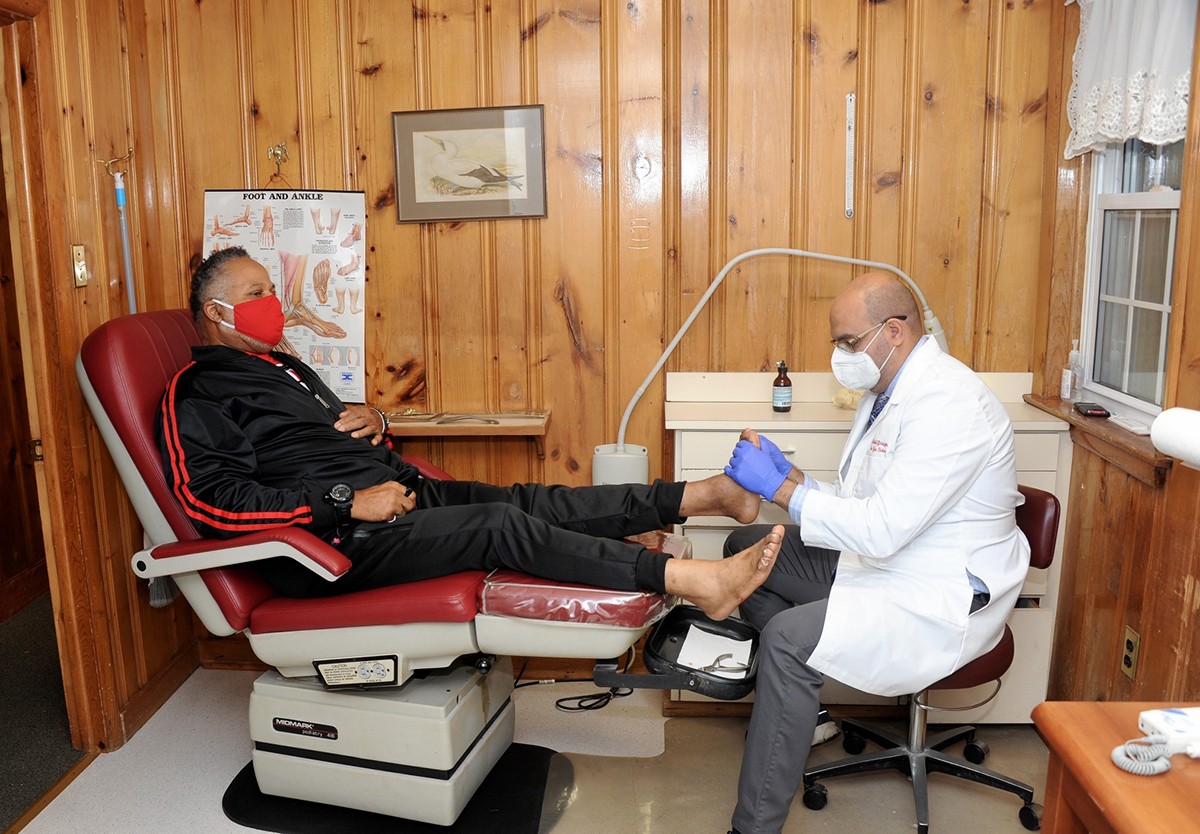Many patients with uncontrolled diabetes may develop peripheral artery disease, or PAD.
Peripheral artery disease is a disease that causes the blood vessels to narrow, thus diminishing the flow of blood to the lower extremities. Specifically, the blood vessels which carry blood throughout the body develop a buildup of hard plaque which diminishes blood flow. These plaques harden and diminish the circumference of the vessels resulting in decreased circulation.
This diminished flow does not provide the affected extremities ample nutrients, cellular waste management, cellular repair and may lead to arterial disease. This can increase an individual’s chance of getting an infection, decrease the body’s ability to fight the infection, and decrease the body’s ability to heal wounds.
Severely diminished blood flow can cause gangrene, also known as tissue death. Once a lower extremity develops gangrene, the only treatment is amputation. Gangrene that is infected with bacteria can spread to other organs or body parts and can become fatal if left untreated.
Dr. Marvin Marcelin, DPM
Partner, Save Your Soles Podiatry, LLP



